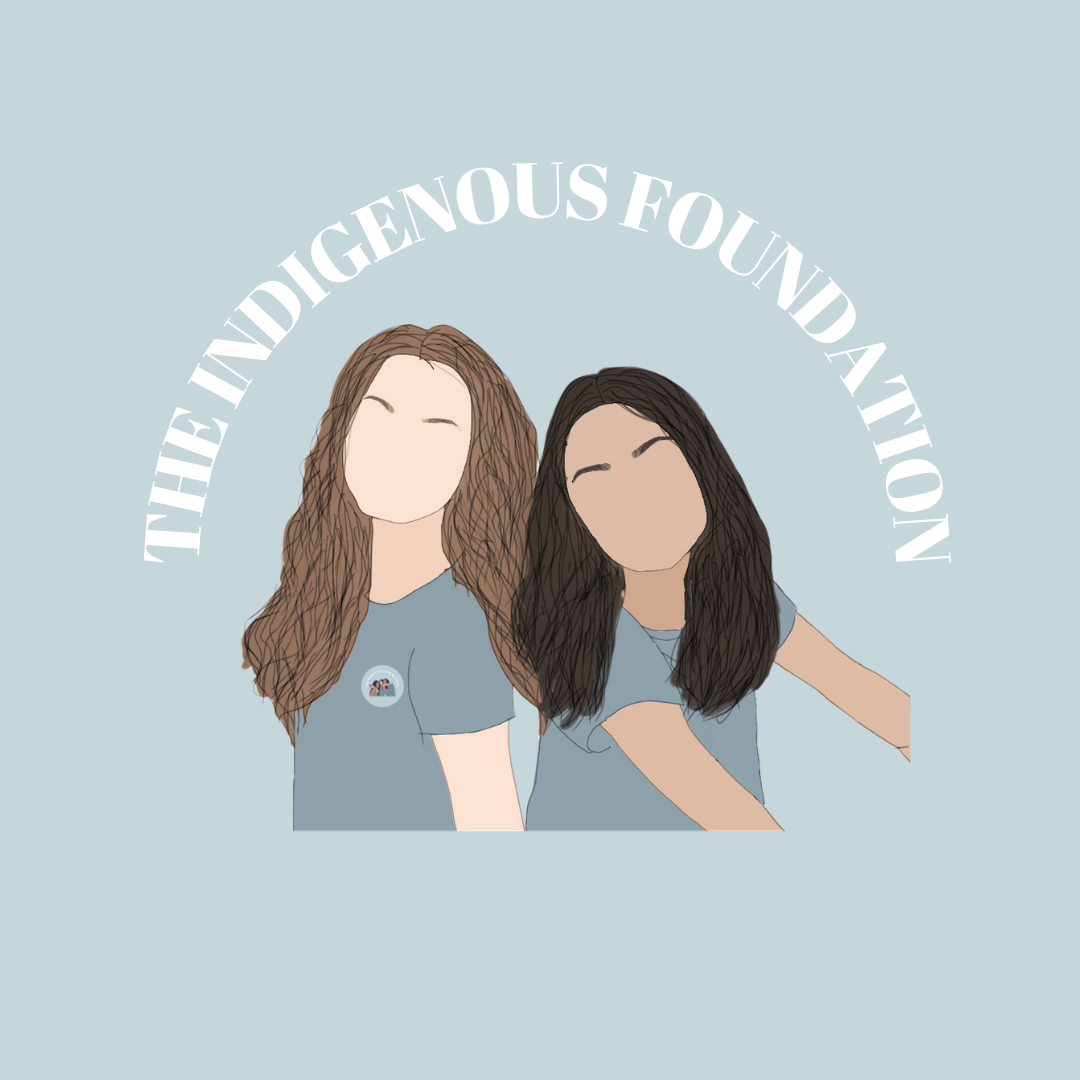The History of Two-Spirit Folks
Content Warning: Mentions of Residential Schools and Effects of Colonizations
Introduction:
With June being Pride Month as well as Indigenous History Month, it is imperative to discuss and bring attention to the history of Two-Spirit (2S) folks. Many individuals are unaware of the term Two-Spirit, where the term originated and the power it carries.
The concept of Two-Spirit folks existed well before the arrival of European settlers on Turtle Island. Indigenous individuals who identified as Two-Spirit folks were seen as gifted and honoured in their community because they carried two spirits with them, both male and female. 2S folks were often the healers, medicine people, and visionaries within their given community and they were foundational members of their culture. Much of this can be attributed to the “double vision” 2S people are gifted with, being able to see both through the masculine and feminine lens.
Impacts of Colonization
Two-Spirit people, as well as all Indigenous peoples on Turtle Island, were deeply impacted and harmed by the effects of colonization. One major impact on 2S folks was the introduction of residential schools which forced extremely heteronormative roles onto Indigenous children. Colonization resulted in Two-Spirit folks losing their way of life and culture, and the effects of that are still very real today and should be brought to light.
Throughout the process of colonization and the devastating effects that came along with it, the respect and honour Two-Spirit folks had was lost and their roles diminished in society. The homophobic attitudes and ideas that are present in society have eroded the ways in which 2S folks are treated. However, many 2S folks have worked to regain their power and place in the community and culture, through education and healing. Through these acts of healing and the restoration of identity, Two-Spirit folks are being reclaimed as Sacred.
Although the concept of Two-Spirit individuals has been around for a long time, the term was proposed only in 1990. During the Third Annual Intertribal Native American, First Nations, Gay and Lesbian American Conference which was held in Winnipeg, Elder Myra Laramee put forth the term. The term Two-Spirit is a translation of the Anishnaabemowin term, niizh manidoowag, which actually translates to “two spirits”.
It is important to remember that notions, ideas, and identities should not be generalized to all Indigenous peoples and cultures. Due to the diverse and culturally specific nature of these traditions and understandings, it is crucial to recognize that the concept of 2S folks is not universal to all Indigenous worldviews. Additionally, when discussing the concept of Two-Spirit individuals, it is necessary to remember that it is not an identity that non-Indigenous people can adopt or claim.
Most importantly, always center, listen to and amplify the voices of 2S folks, not only during Pride and Indigenous History Month but every single day.
Resources:
https://lgbtqhealth.ca/community/two-spirit.php
https://rainbowresourcecentre.org/files/16-08-Two-Spirit.pdf
https://www.becomingeducation.ca/why2slgbtq
https://www.ihs.gov/lgbt/health/twospirit/
https://oacas.libguides.com/sogie/two-spirit
